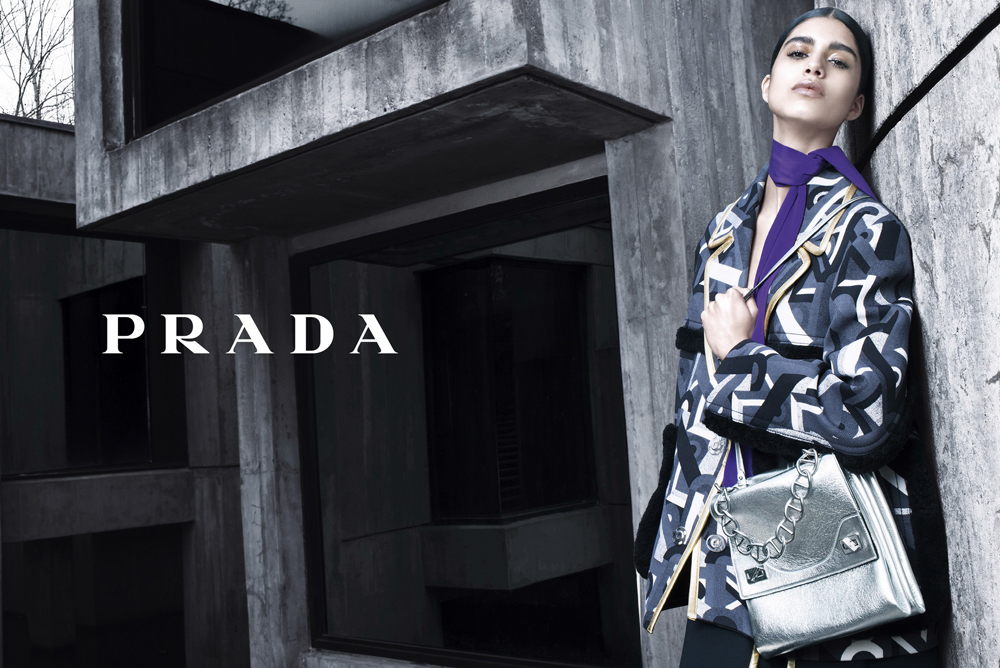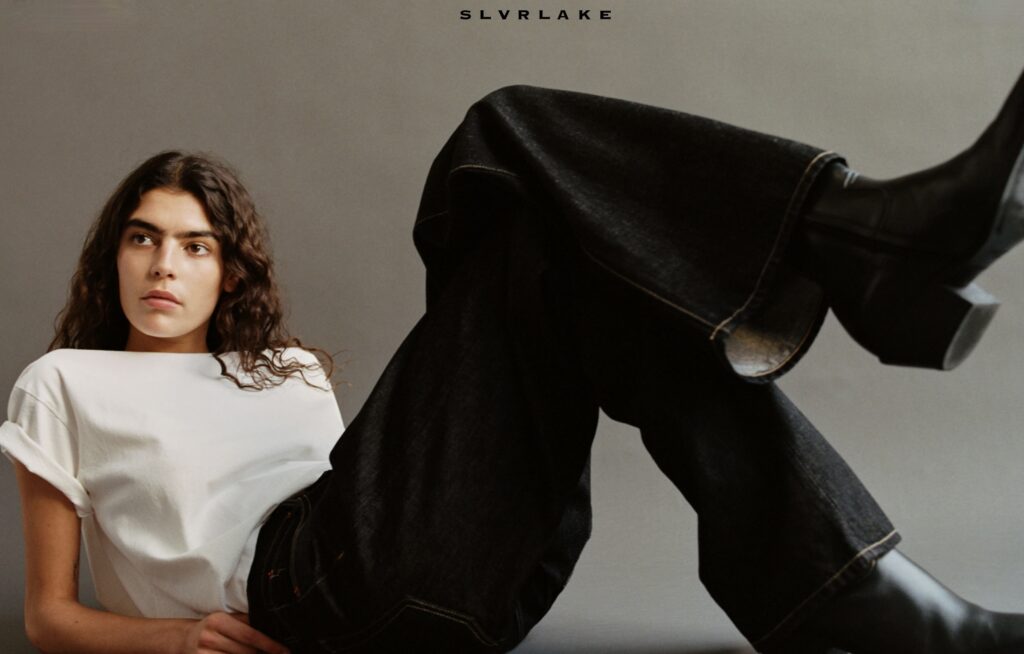Your $4,800 “Made in Italy” bag might not be exactly as it seems. This is one of points that has been raised with increasing frequency in recent years in connection with the pricey goods coming from the upper echelon of the fashion industry. Shadowy backstories of undocumented laborers, unseemly working conditions, tax evasion, and deception in terms of the location of manufacturing have long been considered the ways of fast fashion giants. But, they are also swiftly becoming some of the big-ticket topics when discussing high fashion, a sphere where price has long been used as a barometer for quality.
Some ten years ago, Dolce & Gabbana, Gucci and Prada found themselves facing off against intense scrutiny over claims about the manufacturing of their products. It was late 2007 and at least some of the world had just been privy to the release of “Luxury Slaves,” a broadcast by “Report,” a 60 Minutes-style program on RAI-3, an Italian state channel. The program detailed the conditions in which luxury brands’ “Made in Italy” products were allegedly being made.
Within weeks, the shocking truths of the conditions in which Italian luxury stalwarts’ costly bags and shoes were being made spread beyond the borders of Italy. In February 2008, a lengthy article from the Los Angeles Times, entitled, “Slaving in the Lap of Luxury,” declared, “There are products made completely in Italy but by Chinese immigrants without proper documents and [for whom] labor conditions are especially nasty.”
One of the core claims at play was that Italian labor laws were being flouted. For instance, although the minimum wage in Italy was more than $10 an hour at the time, most of the individual laborers referenced in the RAI-3 investigation were being paid less than $5.
The Times’ Tracy Wilkinson painted an ugly picture about the realities of these Chinese-run factories that were actively supplying luxury brands, writing, “Italian financial police have shut down many factories after raids exposed poor living conditions [within the factories], lack of residence permits for foreign nationals and the failure to pay taxes.”
The RAI-3 documentary concluded that “for big-name labels, the cheaper labor in Chinese-staffed workshops provides an important way of keeping costs down. It helps the fashion houses compete” … and boost their bottom lines.
Now, a decade later, the New Yorker’s D.T. Max has revived the conversation, shedding light on the continuing practice of big-name brands relying on the same hordes of immigrants from Wenzhou, China that flooded Italy’s Tuscan region in the 1990’s and that serve as “manufacturers for Gucci, Prada, and other luxury-fashion houses, which use often inexpensive Chinese-immigrant labor to create accessories and expensive handbags that bear the coveted ‘Made in Italy’ label.”
Because the country of origin for labeling purposes, according to the European Union’s rules of origin, is where the final production process is carried out and does not take the national origin of the craftsmen, these big brands are in the clear legally. The expensively-priced bags and shoes that are later sold by fashion’s most esteemed European brands are being made in Italy (in the cases at hand), after all.
But the legality of labeling is not the only issue at play. Citing Francesco Nannucci, the head of the Italian financial police’s investigative unit in Prato, Max asserts that the town, in particular, has become the “home to some ten thousand Chinese people who are there illegally.”
Still yet, according to reports cited by the New Yorker, “Chinese mill owners ignore health laws and evade taxes,” while the “under-the-table cash economy of Prato’s Chinese factories has facilitated tax evasion” to the tune of billions of dollars. This is something that the Italian finance ministry delved into last year, uncovering “five billion dollars’ worth of questionable money transfers.” Half of the transfers went through “the Bank of China’s Milan branch,” which settled the investigation after paying “more than twenty million dollars.”
Expectations of luxury consumers versus the realities of what the manufacturing of some of the industry’s most prized possessions each season looks like are still askew it seems.
For Gucci, these assertions do not reflect the reality of its manufacturing. The brand has taken significant steps since the last round of reports in the mid-2000’s to “prioritize the well-being of its employees and partners, and is dedicated to enhancing the lives of all those involved in making its products through the responsible and innovative management of its supply chain,” a spokesman for the brand told TFL.
For the Italian giant, which was name-checked by the New Yorker, “over 50 percent of its leather goods and shoes are made at its own production facilities in Italy.” As for that other 40-plus percent, the brand has been forced to look outside of its own factories given that “in the last few years, the necessary production capacity to meet the demand for Gucci’s products has been nearly doubled.”
The Gucci spokesperson says while the brand does look to “the services of [its] selective network of external suppliers, many of which are second or third generation family-run companies,” its standards are rigorous. For example, in order to serve as a Gucci supplier, each individual or entity must “comply with the law and the stringent requirements of the Gucci’s Sustainability Principles, which are a set of guidelines that include oversight of sustainable sourcing, legal compliance, collective agreements, supplementary agreements, International Conventions and Declarations in relation to human and worker rights.”
Additionally, Gucci says it undertakes an array of efforts – including “random checks on top of the regular and planned audits,” “stringent quality tests [for suppliers],” “a pilot production of approximately 50 pieces [before a supply may officially work with the brand],” and an active “black-list from Gucci’s industrial network” – in order to maintain a “responsible” supply chain and its “unique artisanal expertise and know-how.”
As for the national origin of the craftsmen and women working in tandem with the brand, Gucci says it “welcomes skilled craftsmen and women of different nationalities,” a priority given “the Gucci’s stance on inclusivity and cultural diversity,” according to Gucci.
Prada told the New Yorker that it “stands out for its strong ties with the artisanal craft experience typical of the Italian tradition.”











